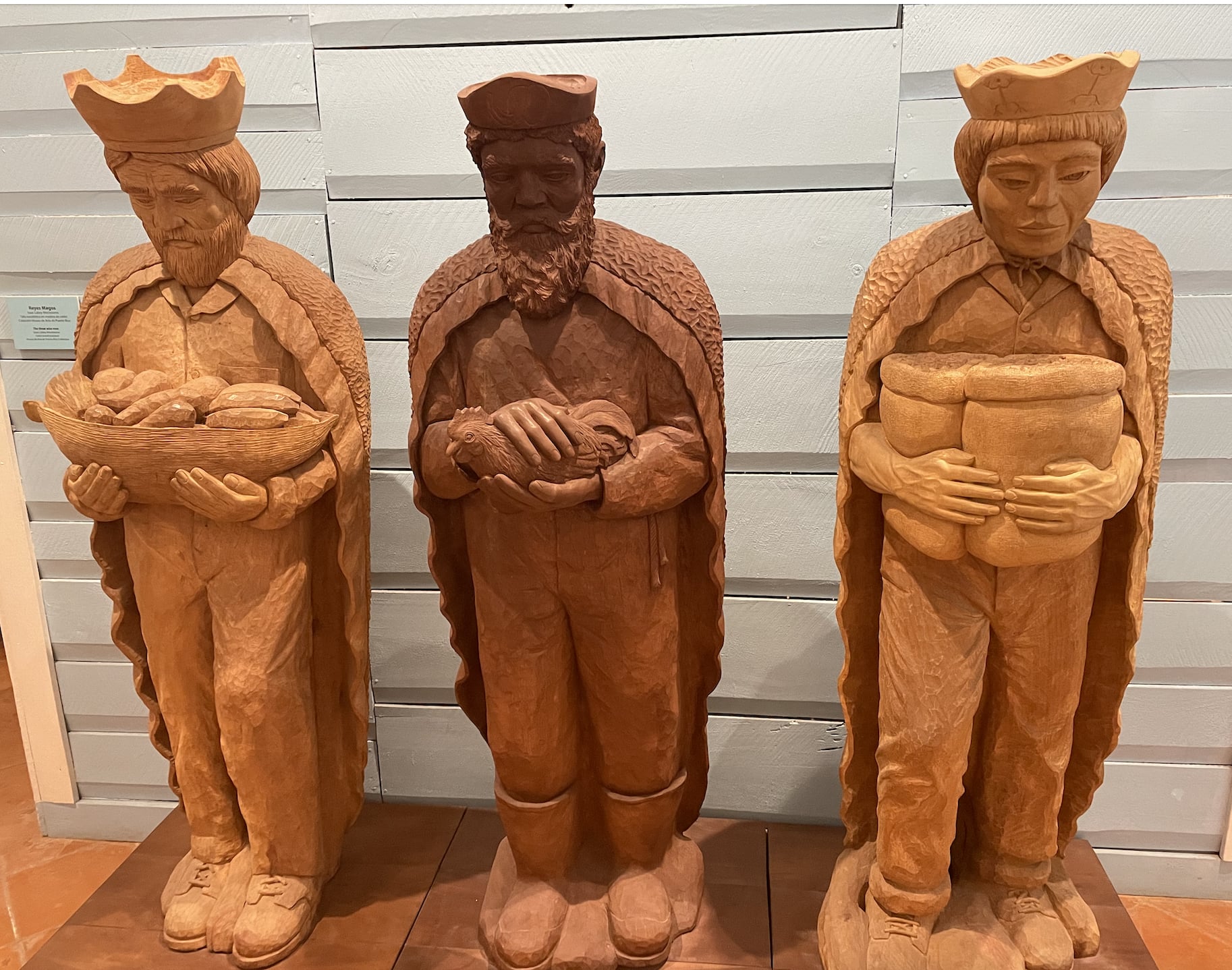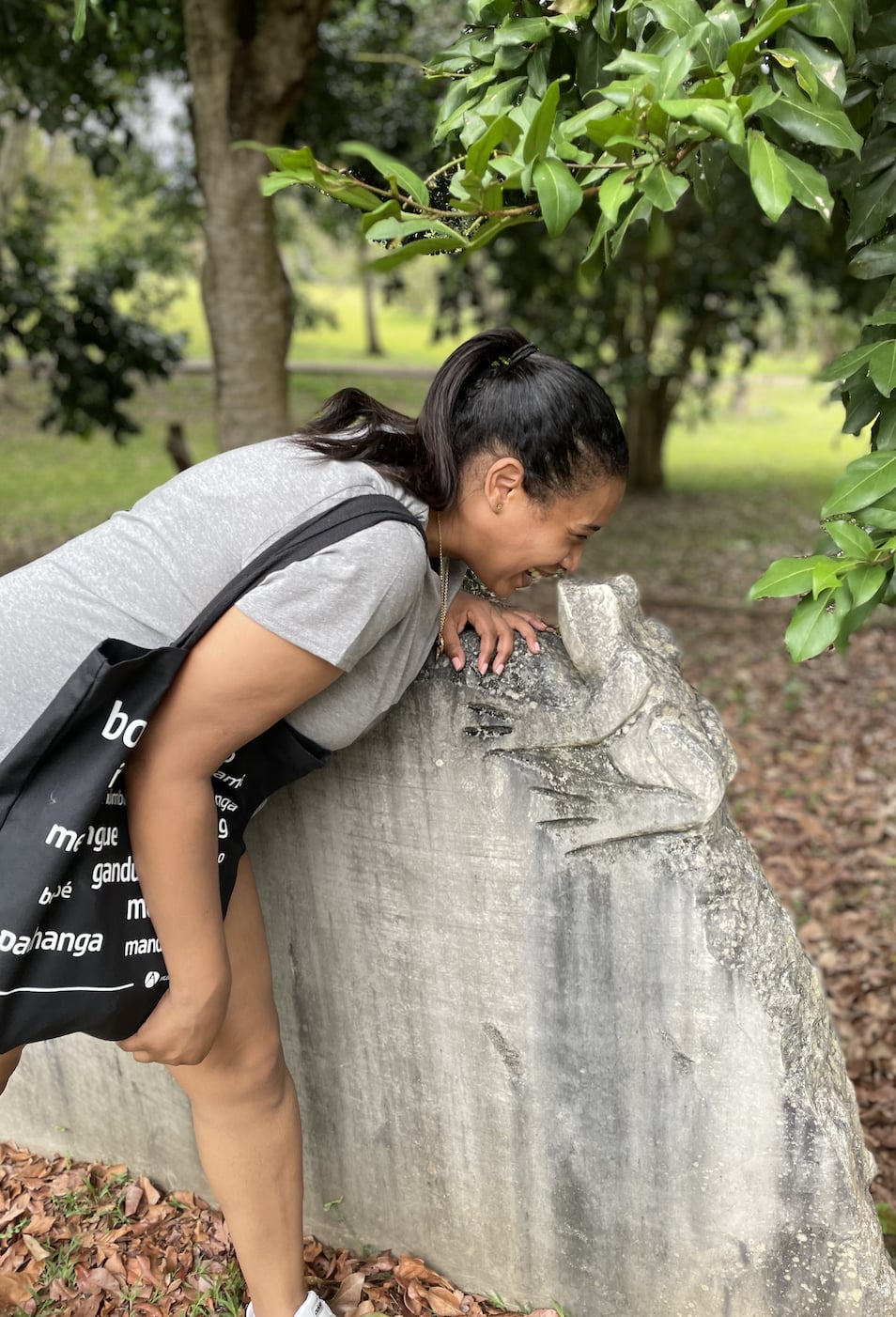My entire life, I’ve been searching for the right words to describe my identity. Even though I’ve been an identity advocate throughout my career, encouraging people to define themselves on their own terms, in reality, I’ve never given myself the same grace. My fear — as I’m sure it is with many mixed-raced people — is that I never wanted to offend either side of my family. And in that respect, I let people define me in the way they feel most comfortable. I am Black. I am Puerto Rican. I am Afro-Latina. While I am all those things — and will always be proud to be — I usually let people fill in the blank for the term they feel most suits me.
This doesn’t seem like a way to live.
I’d visited Puerto Rico twice. Once when I was 10 years old, I stayed at the Condado resort. Aside from falling in love with the ancient castles of Old San Juan, I really don’t remember much of that trip except the hotel pool. I later visited in my 20s; San Juan was a stop on my family’s Carnival Cruise trip. While the Italian side of my family visited the El Yunque National Forest, my half-Puerto Rican cousins and I drove on a dirt road with my uncle, looking for my abuelo’s burial ground in a cemetery for masons.
I always felt disjointed from my Latinx culture, raised by a Black mom, without much access to speaking Spanish.
I always felt disjointed from my Latinx culture, raised by a Black mom, without much access to speaking Spanish. My dad’s side of the family is completely Americanized. While a proud NuYorican, I repped the Puerto Rican flag without knowing the language, as many of us New York-born Puerto Ricans do. I stan Marc Anthony and I play Bad Bunny’s “Un Verano Sin Ti” like it’s my day job. But that has never felt like enough. Interestingly enough, after a recent trip to Puerto Rico — on my own, as an adult — it seems like Abuelita was leaving clues for me to discover all along.
Even with a language barrier when I was very young (my abuelita learned English as I grew up), Aurea Gomez upheld Puerto Rican traditions. Holiday weekends at her home in South Ozone Park, Queens, included an outside shed where elders roasted pernil as salsa played on the radio. We spent every Día de los Reyes at St. Anthony of Padua Catholic Church, where I was excited to receive even more Christmas presents in January. After her trip to Madrid, she brought home a traditional flamenco doll with skin sun-kissed brown like mine. She always reminded me that I was Puerto Rican, with roots across the island.

Outside of Abuelita’s home, I didn’t have an opportunity to speak Spanish. My dad is perfectly fluent, but after being scolded for speaking English in the house by my abuelo, he and my uncles became Americanized. None of my cousins speak Spanish or uphold the traditions. Growing up with my mom, I was immersed in Black culture, traditions, and politics. I never wanted to get too far away from my Latinidad, especially since Abuelita had laid such a foundation. If it’s only up to me, I won’t let her culture fade out of our family fabric.
I had this hunger my entire life to learn exactly who I am and where I come from.
My mom is half Honduran and half Bahamian. Since she didn’t grow up with my grandfather at home, she never learned Spanish. And here I came: a half Puerto Rican, part Honduran, West Indian who looks Dominican but who’s as preppy as can be. I had this hunger my entire life to learn exactly who I am and where I come from. And now that my abuelita has passed, I want to learn every bit of my culture to make sure that her traditions live on.
I spent three days in Viejo San Juan as a guest of Discover Puerto Rico. What made the trip extra special was that I was in an all-Latina traveling group. With our common love of the culture and our connection with our own Latinidad, we were able to have some affirming conversations. At the Museo de los Americas, though, I was able to see so much of Puerto Rico that I was too young to understand when I first visited at age 7. There, we learned about Puerto Rico’s dedication to representing the three parts of our identity: Spain, Africa, and Indigenous Taínos. And as we traveled from towns like Caguas and Loíza, I saw how all three intersect and make me who I am. I found myself, typically shy to respond in Spanish, feeling completely comfortable speaking with our group.

But where did I fit in on the map? In the museo, we learned that Puerto Ricans also identify with creole identity, similar to folks in New Orleans. Outside of the museums and in passing conversation, I’d ask locals where I’d actually fit in. Some said, “We are all Puerto Ricans,” which is what I’m used to hearing at home. But for me, as a proud Black Puerto Rican, I know it’s not that simple. A famous Afro-Puerto Rican artist, Samuel Lind, left me with the word that made me feel completely seen. When he saw my golden skin and long wavy hair, he said, “Mulatta!” And although that word is outdated, it was the first moment in over 30 years where I felt like I had the real talk about who I am, especially as it came to him so easily and fluidly. It recognized my two Latinx parents with completely different skin tones, which has led to completely different experiences. It also recognized that my experience is a rich and complicated one that deserves to be fully seen.
I don’t have to carry the shame anymore or have others define me. This Latina wallflower has stepped into the sun.
How do I identify? After my trip, I feel like mixed race fits me best. I am also no longer uncomfortable using the term biracial, as I have one White Latinx parent and one Black Latinx parent. I don’t have to carry the shame anymore or have others define me. This Latina wallflower has stepped into the sun.
Image Source: Jada Gomez

